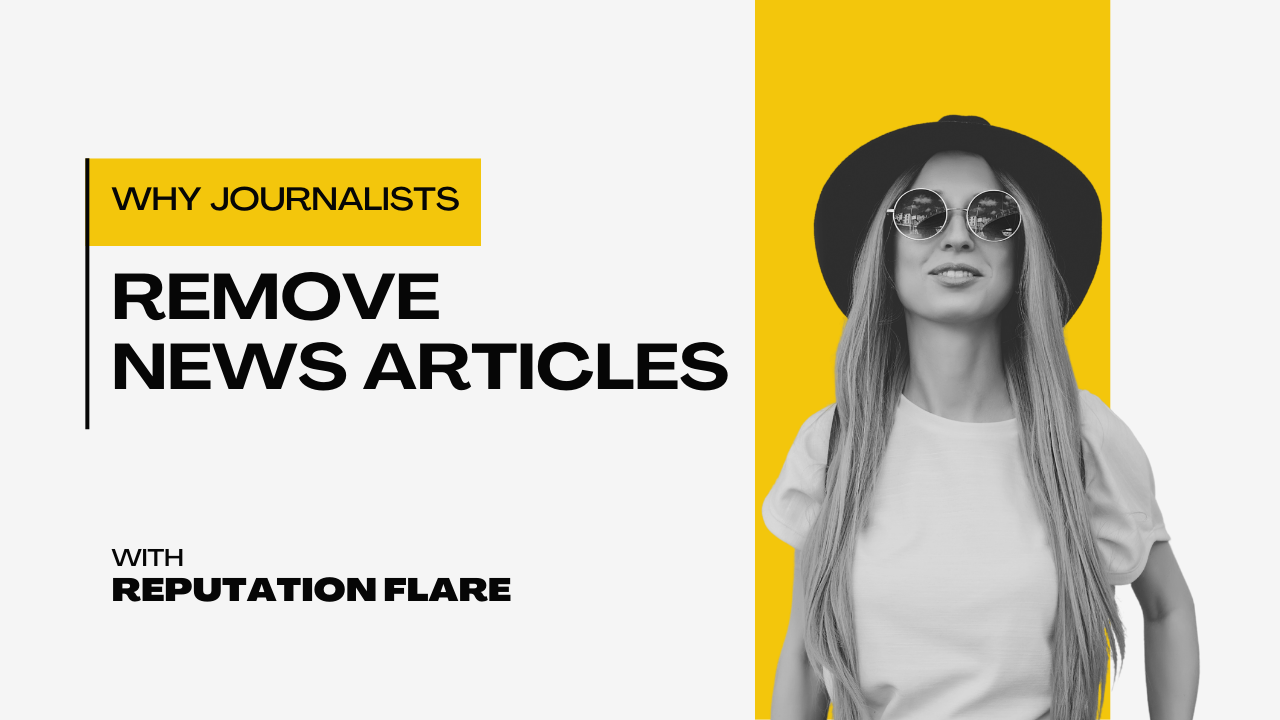Newsrooms rarely delete published stories—but that doesn’t mean it never happens. Under the right conditions, a journalist or editor may choose to update, redact, de-index, or even fully remove a piece.
If you’re trying to get a story changed or taken down, understanding their reasoning helps you make a better case.
Learn More: How to Remove a News Article from Google
1. The Story Is Outdated
Over time, stories lose relevance. A legal charge might be dismissed. A minor incident might no longer reflect who you are. A business might resolve a dispute that’s still showing up in search results.
Many editors are open to reviewing content that:
- No longer serves the public interest
- Reflects a resolved issue
- Involves a person who has significantly changed their circumstances
In these cases, an update—or even unpublishing—may be appropriate.
2. The Article Is Inaccurate or Incomplete
If a story contains factual errors, new information, or lacks proper context, journalists are usually open to corrections.
They may:
- Update the article with the correct information
- Add an editor’s note for transparency
- In some cases, remove the story if the foundation is no longer valid
Providing documentation—court records, statements, or credible references—can support your request.
3. The Story Causes Unintended Harm
Sometimes, content that was once appropriate becomes harmful. This is common with:
- Juvenile records
- Mental health-related issues
- One-time events that follow someone forever
If you can demonstrate that the story is causing serious reputational, emotional, or physical harm, some editors will consider redaction, anonymization, or removal—especially if the public interest is minimal.
4. Legal Changes Affect the Content
If a case has been expunged, sealed, or dismissed, journalists are more likely to revisit the original story.
They may choose to:
- Remove identifying details
- Add an update reflecting the legal outcome
- De-index the article from Google so it’s harder to find
While they’re not legally required to remove the content, many publishers take this into account as part of their editorial ethics.
5. You Offer a Reasonable Alternative
Even if they won’t unpublish the article, many journalists are open to compromise.
They may agree to:
- Anonymize your name
- Add your side of the story
- De-index the content upon request
- Update the headline or body text to reflect new facts
The more respectful and reasonable your request is, the more likely they are to meet you halfway.
Final Thoughts
Most newsrooms don’t delete stories lightly—but they do respond to fairness, accuracy, and the human impact of what they publish. If you can show that the content is outdated, incomplete, or disproportionately harmful, you may be able to get it updated, redacted, or removed.
Need help building your case?
Reputation Flare helps individuals and businesses work with journalists the right way—professionally, discreetly, and with proven success.
Get a Free Quote and let’s take the next step together.

